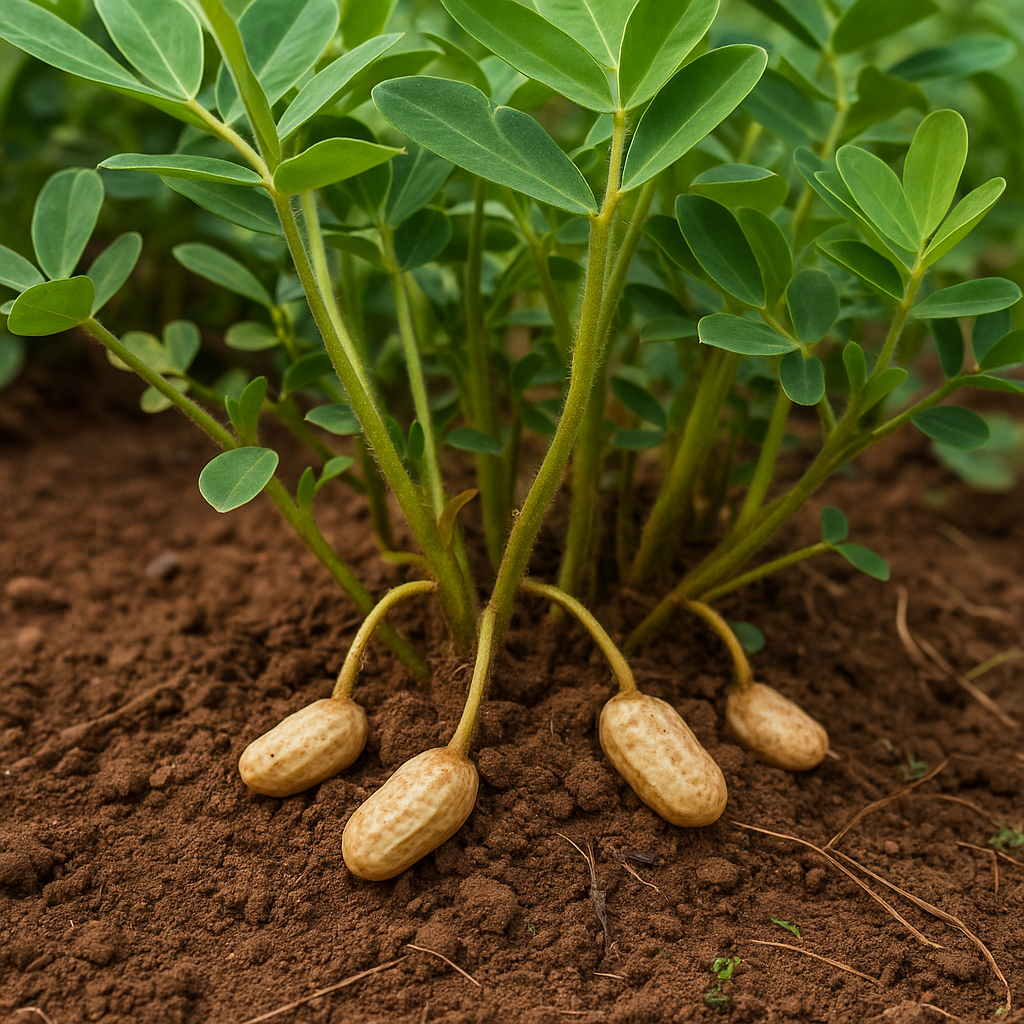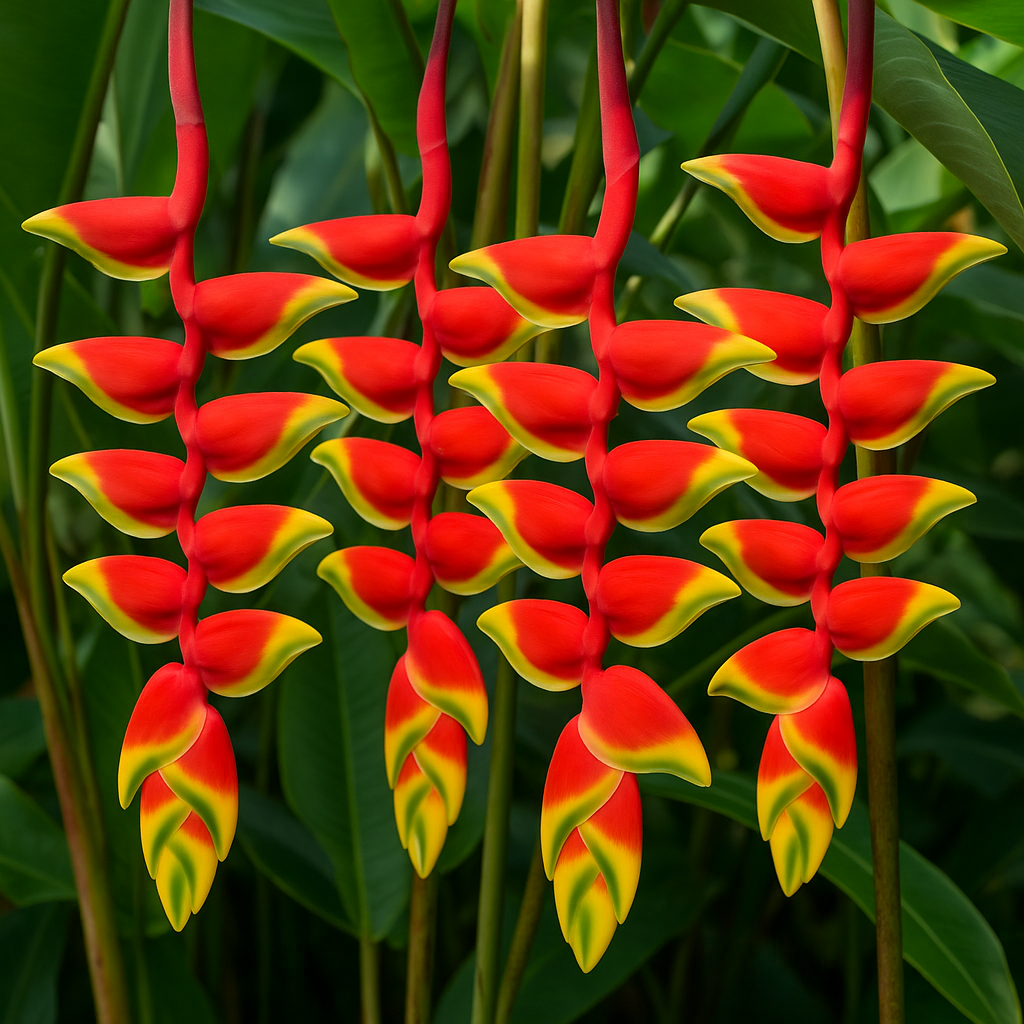Monk Fruit: L'alternativa dolce e salutare per il tuo giardino
Informazioni su Monk Fruit
Monk Fruit (Siraitia grosvenorii) è una vite tropicale e subtropicale originaria delle regioni montuose della Cina meridionale. Conosciuto per il suo frutto naturalmente dolce, Monk Fruit è diventato un'alternativa popolare allo zucchero e agli edulcoranti artificiali, specialmente per chi cerca uno stile di vita più sano. Il frutto, che è piccolo e rotondo, contiene composti naturali noti come mogrosidi, responsabili della sua dolcezza intensa senza le calorie o l'impatto glicemico dello zucchero tradizionale. Questo rende Monk Fruit un'opzione perfetta per le persone con diabete o per chi desidera gestire il proprio peso.

Oltre alle sue proprietà dolcificanti, il Monk Fruit è stato usato nella medicina tradizionale cinese per secoli per trattare una varietà di disturbi, inclusi tosse, mal di gola e problemi digestivi. Oltre agli usi culinari, sta diventando sempre più popolare nell'industria degli alimenti salutari grazie alla sua dolcezza naturale e al contenuto a zero calorie.
Perché Coltivare il Monk Fruit?
Ecco diverse ragioni per cui coltivare Monk Fruit nel tuo giardino può essere un'ottima idea:
-
Dolcificante Naturale: Il frutto fornisce un dolcificante naturale a zero calorie che è molto più dolce dello zucchero.
-
Benefici per la Salute: Il Monk Fruit è noto per le sue proprietà antiossidanti e effetti antinfiammatori, a supporto del benessere generale.
-
Versatilità Culinaria: Usa il Monk Fruit in dolci, bevande, frullati e altre ricette come sostituto dello zucchero.
-
Facile da Coltivare: Con le cure e l'ambiente giusti, il Monk Fruit può essere coltivato con successo in giardini domestici, aggiungendo bellezza e funzionalità al tuo spazio.
Quando Piantare il Monk Fruit
Il Monk Fruit richiede un clima caldo per crescere, e il momento migliore per piantare è durante la primavera o inizio estate dopo che il rischio di gelate è passato. Prosperà a temperature tra 70°F e 85°F (21°C - 29°C).
-
Inizia in Casa: Se vivi in climi più freddi, inizia i semi in casa circa 8-10 settimane prima dell'ultima gelata. Trapiantali all'aperto una volta passato il pericolo di gelo.
-
Semina Diretta: Nelle aree subtropicali o tropicali, puoi seminare i semi direttamente in giardino una volta che il terreno si è riscaldato.
Dove Coltivare il Monk Fruit
Monk Fruit cresce meglio in pieno sole ma può tollerare l'ombra parziale nei climi più caldi. Scegli un terreno ben drenato, sabbioso o limoso con un pH leggermente da acido a neutro (intorno a 6.0-7.0).
-
Spazio: Queste viti possono crescere oltre 20 piedi di lunghezza, quindi assicurati che abbiano molto spazio per espandersi. Potresti voler usare graticci o supporti per aiutare la pianta a crescere in verticale, risparmiando spazio e migliorando la circolazione dell'aria.
-
Clima: Il Monk Fruit prospera in ambienti caldi e senza gelo. Non è tollerante al gelo, quindi potrebbe essere necessario coltivarlo in casa o in contenitori per i climi più freddi.
Come Coltivare il Monk Fruit
Coltivare Monk Fruit richiede un po' di pazienza, ma le ricompense ne valgono la pena. Segui questi passaggi per una coltivazione di successo:

-
Piantare i semi:
-
Ammolla i semi per 24 ore prima di piantarli per aumentare il successo della germinazione.
-
Pianta i semi a circa 1/4 di pollice di profondità in terreno ben drenante. Se coltivi in casa, usa vassoi per la semina e mantieni l'ambiente caldo (intorno a 70°F a 80°F).
-
-
Trapianto:
-
Quando le piantine sono abbastanza grandi da essere maneggiate e la temperatura esterna è adatta, trapiantale in giardino o in contenitori più grandi. Distanza le piante di circa 18-24 pollici per permettere loro di espandersi.
-
Usa un telaio o supporto verticale per aiutare i tralci a crescere verso l'alto.
-
-
Annaffiatura:
-
Annaffia le piante regolarmente, assicurandoti che il terreno rimanga umido ma non inzuppato. Le piante di Monk Fruit necessitano di umidità costante per crescere ma sono sensibili al marciume radicale se il terreno è troppo bagnato.
-
Una volta stabilita, la pianta è relativamente tollerante alla siccità ma produrrà frutti migliori con annaffiature regolari durante i periodi di siccità.
-
Come Prendersi Cura del Monk Fruit
Una cura adeguata è fondamentale per garantire una crescita sana e la produzione di frutti:
-
Concimazione: Usa un concime organico bilanciato per supportare la crescita, specialmente durante la stagione vegetativa. Puoi anche arricchire il terreno con compost per migliorarne la struttura.
-
Potatura: Potare regolarmente i tralci per favorire la nuova crescita e mantenere la pianta gestibile. Rimuovi eventuali foglie morte o ingiallite per mantenere la salute della pianta.
-
Controllo dei Parassiti: Monk Fruit è relativamente resistente ai parassiti, ma può occasionalmente attirare afidi, acari e bruchi. Usa metodi di controllo biologico dei parassiti come olio di neem o sapone insetticida se necessario.
-
Pacciamatura: Applica pacciame intorno alla base della pianta per trattenere l'umidità, sopprimere le erbacce e mantenere una temperatura del suolo costante.
Piante Compagne per Monk Fruit
Monk Fruit si abbina bene con altre piante rampicanti e erbe compagne che condividono condizioni di crescita simili. Considera di piantare le seguenti accanto ad essa:
-
Zucche: Entrambe le piante gradiscono il pieno sole e condizioni di crescita simili.
-
Cetrioli: Cetrioli e Monk Fruit possono crescere insieme, aiutando a ombreggiare il terreno e mantenere il suolo fresco.
-
Basilico: Questa erba migliora il sapore del Monk Fruit e fornisce un repellente naturale per insetti.
Raccolta di Monk Fruit
Monk Fruit è generalmente pronto per la raccolta quando i frutti assumono un colore giallo-marrone e risultano leggermente morbidi al tatto. Il frutto dovrebbe essere sodo e non molle.

-
Metodo di raccolta: Ruota delicatamente il frutto dalla vite. Puoi tagliare la vite per raccogliere il frutto evitando di danneggiare la pianta.
-
Processo post-raccolta: Il frutto può essere utilizzato fresco o essiccato. I semi all'interno del frutto di solito non vengono consumati, ma la polpa e il succo possono essere estratti per la produzione di dolcificanti o utilizzati in varie ricette.
Considerazioni finali su Monk Fruit
Monk Fruit è un frutto incredibilmente versatile e salutare che può essere coltivato nei giardini domestici con la giusta cura. Che tu stia cercando un'alternativa naturale allo zucchero o semplicemente voglia aggiungere un frutto unico al tuo giardino, Monk Fruit è una scelta eccellente. Con il suo gusto dolce e i numerosi benefici per la salute, è una pianta preziosa per ogni giardino. Per semi di Monk Fruit di alta qualità, visita Organicindiaseeds.com e inizia a coltivare questo incredibile frutto oggi!



Commenta
Questo sito è protetto da hCaptcha e applica le Norme sulla privacy e i Termini di servizio di hCaptcha.